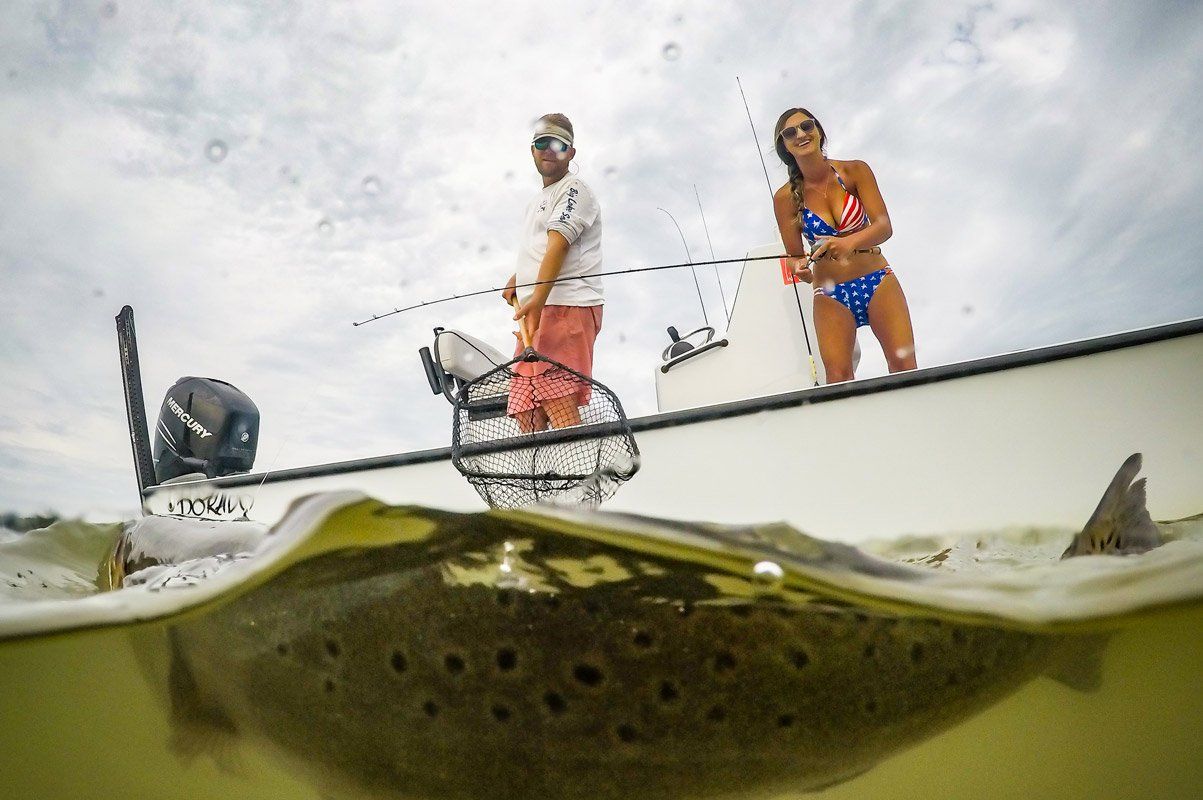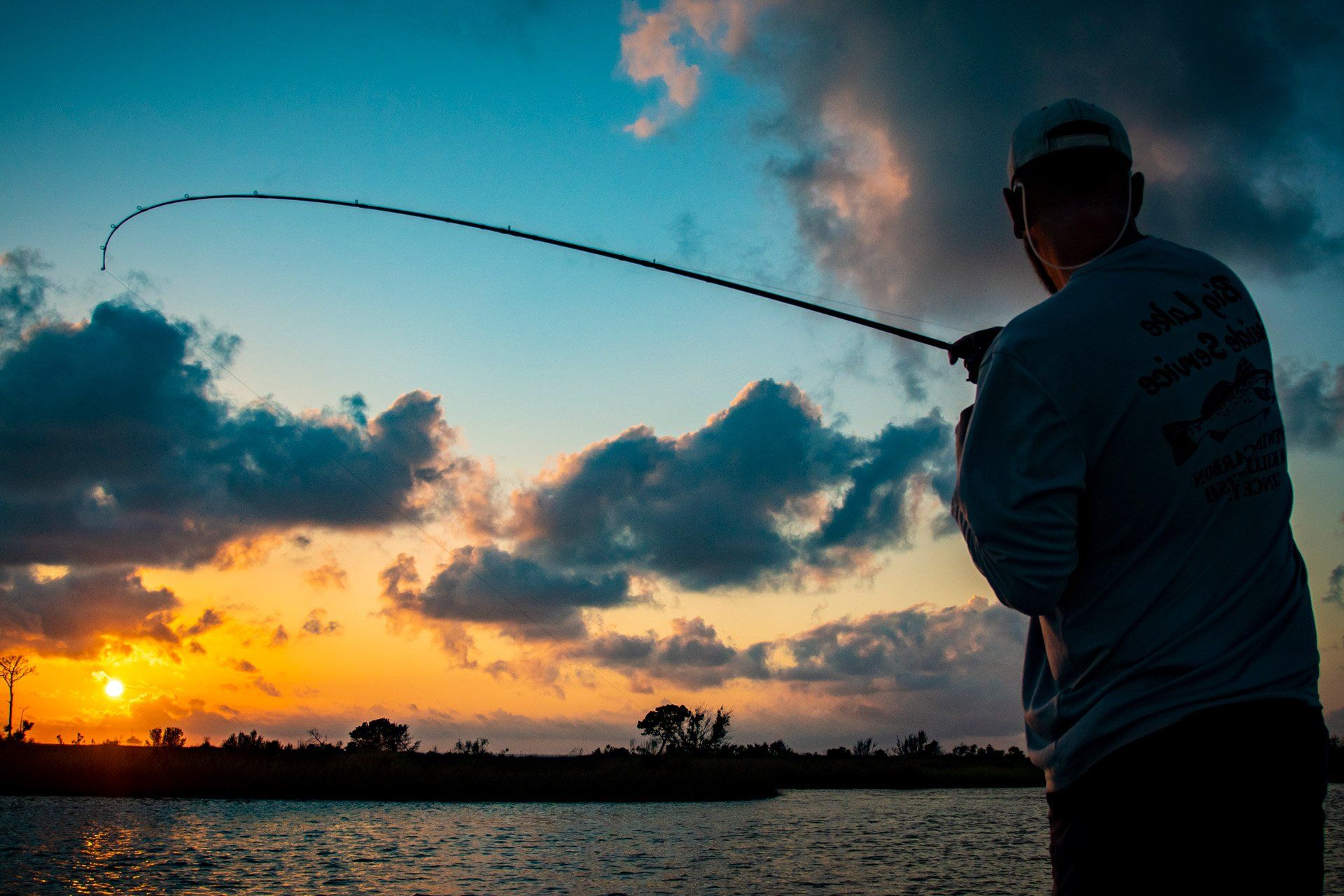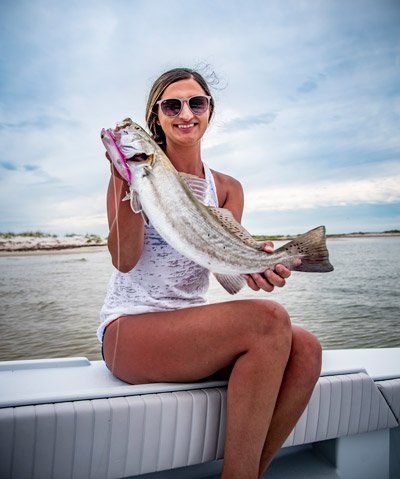3 Best Tips For Prepping And Cooking Fish You Caught
So you’ve landed your first fish. Or maybe it’s your 2nd, or 3rd, or 40th. However many you bring into shore with you, to properly plate and eat your fish requires certain prepping steps beyond just getting your catch into the boat.
If you’ve lipped it, got the hook out of its mouth, and are wondering what’s next, take a look below at Reel Gypsy Fishing’s pro tips for prepping and cooking fish.
1. Bonk, Bleed, And Store
The first step to proper fish care after your catch has been brought into the boat (after you’ve snapped a few pics, of course) is to bonk, bleed, and store it. Doing so helps to both humanely minimize the suffering of the fish and to preserve its meat. To bonk a fish, it’s best to land a single blow with a heavy stick or specialized bonking tool right between the eyes. Next, using a sharp knife, cut into and through both gills, starting from one end of the neck and reaching the other. Dipping the fish back into the water and massaging it along its spine will help blood flow. Once the fish has been drained of blood, place it in a cooler to keep it chilled while you close out the day.
2. Fillet
Once the fishing is done and you’ve landed back onshore, the next step is to fillet the fish to prepare for cooking. This involves removing the skin, scales, innards, and separating the meat steaks from the fish’s skeleton. To accomplish this, follow the following:
- Make sure the fillet knife you are using is sharp and properly sized.
- Run the back of the knife along the scales, working from the tail to the head, until fully removed.
- De-skin the fish by carefully running the knife between the skin and meat.
- While holding the fish firmly against the cutting board, slice gently along the underbelly from neck to tail, and remove the innards by hand, being careful not to puncture organs or damage meat.
- Rinse out the fish’s belly cavity thoroughly and run the rest of it under the water as well.
- Depending on the size of the fish, you can either use the knife to remove each size and leave them whole, or section out each side into smaller steaks.
3. Cook: Fry, Bake, Sear
While most fish fillets will keep for a few days if properly stored in a sealed cooler with ice or a refrigerator, we suggest you eat yours as soon as possible for the freshest flavors and textures. There’s no single best way to cook a fish, but certain species are especially ideal for certain cooking methods. Red snapper, for example, is considered to be one of the best fishes to fry, worldwide. Cobia is perfect when massaged with butter or oil, then seared in a pan with a sprig of thyme, and finished off with a lemon wedge.
Reel Gypsy Fishing: Fish Like a Pro
Reel Gypsy Fishing is coastal Alabama’s premier fishing charter for all fishing skills levels, from beginners to masters. When you’re in the mood for cooking fish with your own fresh catch, book your trip online today or call us at 251-533-1439 to learn more.



